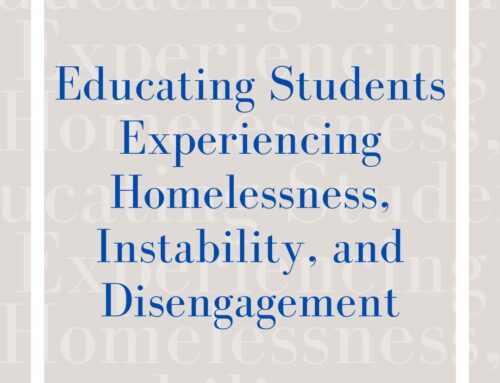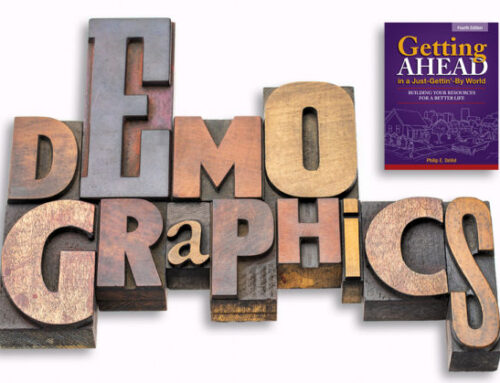 A story
A story
Dave had a father who was a self-made multimillionaire. Until Dave was 10 years old, they were the best of buddies. When Dave went to middle school, because Dave’s grades were not as good as the father wanted them to be, he started a file on Dave. The title of the file was “Bad News – Dave.” The father left it on his desk where his son could see it and added to the list each time Dave did something the father did not like. Dave stated that he was so confused at that age because he could not figure out why all of the sudden he was “bad news.” The criticism and shame continued throughout adolescence. Dave was expected to stay at home and babysit younger siblings while his parents partied on the weekends. As an adult, Dave struggled with relationships; in particular, he chose romantic relationships where the partner reinforced the idea that he was “bad news.” His father was physically safe but psychologically dangerous.
In the bonding and attachment research, one of the four kinds of attachment is when the parent is both safe and dangerous. Bonding and attachment occurs intensely twice during childhood: in infancy (birth to five) and then again in adolescence, when the brain is making significant changes (both pruning and developing parts of the brain). The bonding and attachment of the child to an adult impacts the child’s emotional well-being for the rest of the child’s life.
A parent can be safe and dangerous in any of these ways: sexually, physically, emotionally, verbally, psychologically, etc. A parent can be very safe for the first bonding of the infant but be both safe and dangerous when the child is an adolescent and can think independently.
What does having a safe and dangerous parent do to the child?
As an infant, the child’s sense of self is fragmented. Who I am as a self is not developed. So the child becomes both safe and dangerous—out of control—in total reaction to those nearby.
What do safe and dangerous parents do to adolescents? Shame and humiliate them in myriad ways. Shame is when you (a) feel separated, and (b) feel “less than”—shame is about who you are. When there is guilt, you can ask for forgiveness because it is something that you did. When there is shame, the source is often nameless and outside of you. Humiliation occurs when there is criticism on top of the shame. The translation is this: I must be a bad person. If I think the adult is bad, then my attachment is jeopardized.
Another story
A high school assistant principal told me this story. The high school had a problem: Someone was going repeatedly into the faculty bathroom, putting a brown paper towel in the toilet, defecating on that paper towel, covering it up with white toilet paper, and leaving it there. The school put up cameras to record who entered the bathroom.
The student they suspected had a mother who had repeatedly—since elementary school, whenever there was a problem—come to school waving her cellphone and taking videos, screaming and yelling that she was going to litigate and that her son was innocent. This same student had targeted a freshman because she was a virgin and brutally raped her in a borrowed car during a party. The girl went to the hospital, and it was a week before the bleeding stopped.
The school identified through the cameras that the issue in the faculty bathroom was being done by the same student who was involved in the rape. When they confronted the student, the mother again came up to school with the same angry response. Two days before the holidays, the police came to school to arrest the student for the rape. The mother called the assistant principal and told him that earlier in the week her son and the man in the household had gotten in a fight. She had called the police, and the police said that she needed to press charges against them both. She refused. The mother then told the assistant principal: “I am finished with my son. I am not going to help him.”
The assistant principal told me: “Here we thought he was a psychopath, mentally ill, a sociopath. But now I think he became safe and dangerous to survive a safe and dangerous parent.”
I told the principal: “My analysis of the situation is that the man in the household has been sexually abusing the boy, and the mother knows it. The boy hates his mother, and the incident in the bathroom was a cry for help. The rape? He is taking something from the girl—her virginity—that his mother allowed someone to take from him.”
Safe and dangerous
Often it is subtle, as in the case of Dave; it is psychological, and as a child, you cannot name it. Racism and sexism often make an environment both safe and dangerous. Religious intolerance will do the same. These environments, particularly in adolescence, create shame and humiliation.
A key question is this: In my relationships with my students or my own children, am I creating both a safe and dangerous reality?
Look for Ruby’s book on emotional poverty coming out later this year.








